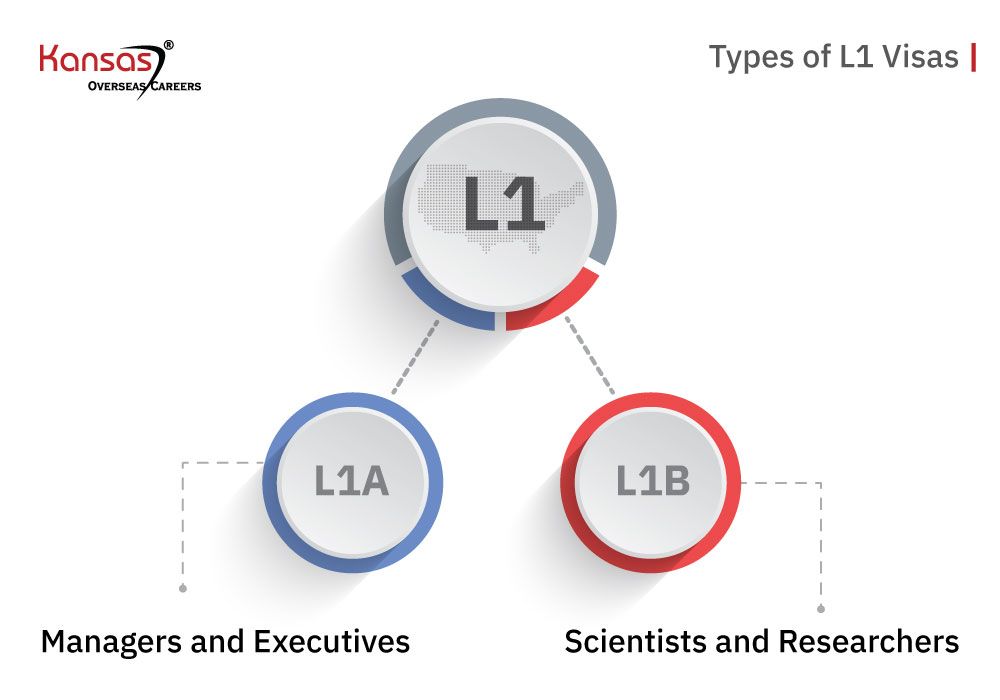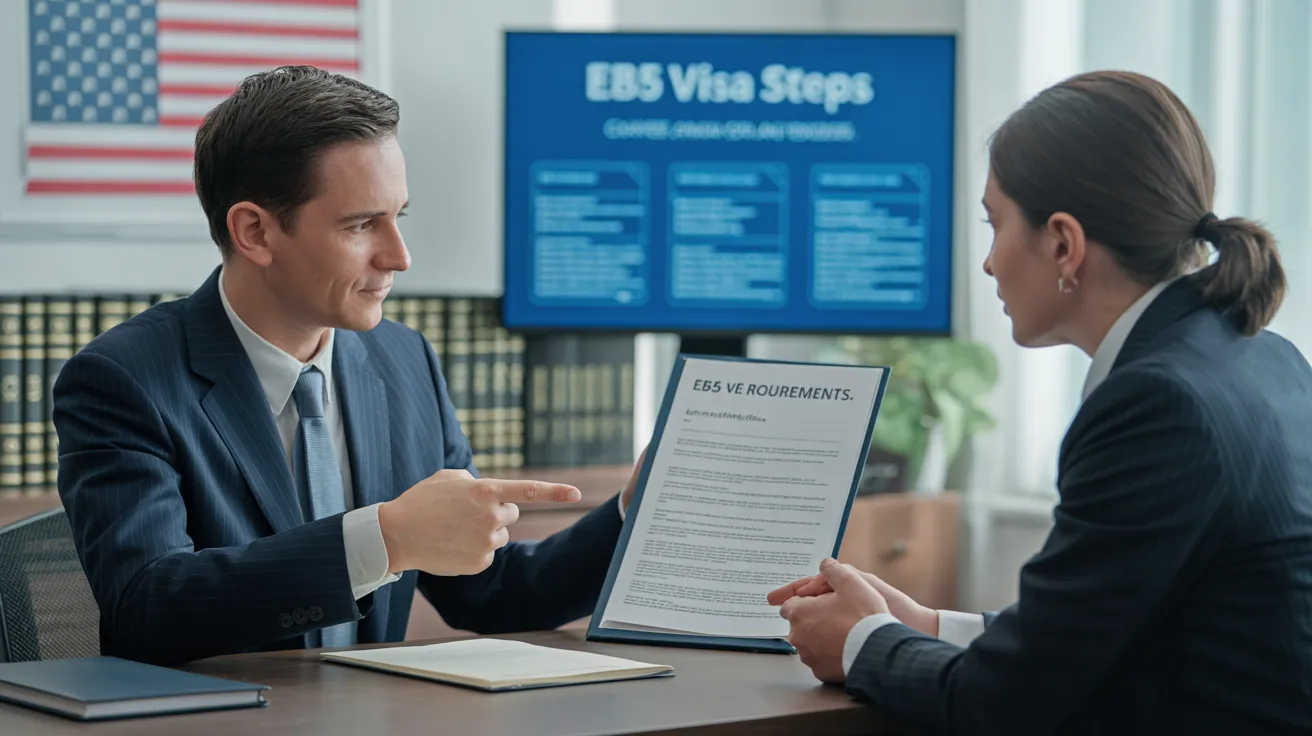L1 Visa for Investors
Our L1 Visa Ideas
Table of ContentsWhat Does L1 Visa Mean?The Of L1 VisaSee This Report on L1 VisaFacts About L1 Visa UncoveredThe Greatest Guide To L1 VisaL1 Visa - Questions
Available from ProQuest Dissertations & Theses International; Social Scientific Research Costs Collection. DHS Office of the Examiner General. Retrieved 2023-03-26.
U.S. Department of State. Gotten 22 August 2016. "Workers paid $1.21 an hour to install Fremont technology company's computer systems". The Mercury News. 2014-10-22. Recovered 2023-02-08. Costa, Daniel (November 11, 2014). "Little-known short-term visas for international tech employees dispirit incomes". Capital. Tamen, Joan Fleischer (August 10, 2013). "Visa Holders Change Employees".
An Unbiased View of L1 Visa
In order to be qualified for the L-1 visa, the foreign business abroad where the Beneficiary was utilized and the U.S. business need to have a qualifying relationship at the time of the transfer. The various types of qualifying connections are: 1.
Firm A possesses 100% of the shares of Business B.Company A is the Moms And Dad and Firm B is a subsidiary. There is a certifying relationship in between the two companies and Firm B need to be able to sponsor the Recipient.
Firm An owns 40% of Business B. The remaining 60% is owned and managed by Business C, which has no connection to Company A.Since Firm A and B do not have a parent-subsidiary relationship, Firm A can not fund the Recipient for L-1.
Instance 3: Business A is included in the united state and wishes to petition the Beneficiary. Business B is incorporated in Indonesia and utilizes the Beneficiary. Company An owns 40% of Firm B. The staying 60% is had by Firm C, which has no connection to Business A. However, Company A, by formal arrangement, controls and full manages Firm B.Since Company An owns less than 50% of Firm B yet handles and controls the firm, there is a certifying parent-subsidiary relationship and Business A can sponsor the Beneficiary for L-1.
The Only Guide for L1 Visa
Company B is integrated in the U.S.
What Does L1 Visa Mean?

The L-1 visa is an employment-based visa group developed by Congress in 1970, permitting multinational companies to move their managers, execs, or vital personnel to their United state procedures. It is frequently referred to as the intracompany transferee visa.

In addition, the recipient needs to have functioned in a supervisory, executive, or specialized staff member placement for one year within the 3 years coming before the L-1A application in the international business. For new office applications, international work needs to have remained in a supervisory or executive capability if the beneficiary is concerning the USA to function as a supervisor or exec.
The smart Trick of L1 Visa That Nobody is Talking About

If given for a united state business operational for greater than one year, the first L-1B visa is for approximately 3 years and can be expanded for an extra two years (L1 Visa). Alternatively, if the U.S. company is recently developed or has actually been functional for less than one year, the initial L-1B visa is released for one year, with extensions available in two-year increments
The L-1 visa is an employment-based visa classification developed by Congress in 1970, permitting international firms to transfer their supervisors, executives, or key employees to their United state operations. It is typically referred to as the intracompany transferee visa.
Little Known Questions About L1 Visa.
Additionally, contact us the beneficiary should have worked in a supervisory, executive, or specialized worker placement for one year within the three years preceding the L-1A application in the foreign company. For brand-new office applications, international employment has to have remained in a supervisory or executive capability if the beneficiary is coming to the USA to function as a manager or executive.
for as much as seven years to oversee the operations of the U.S. associate as an exec or manager. If provided for a united state firm that has been operational for greater than one year, the L-1A visa is originally approved for approximately three years and can be extended in two-year increments.
If read more granted for a united state business operational for greater than one year, the initial L-1B visa is for approximately three years and can be expanded for an extra 2 years. Alternatively, if the U.S. company is newly established or has been functional for less than one year, the first L-1B visa is provided for one year, with expansions readily available in two-year increments.